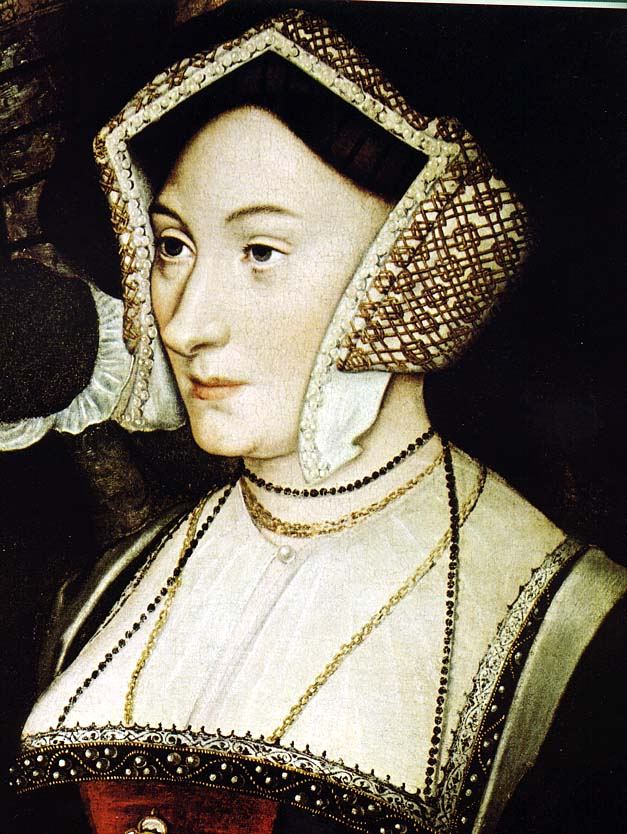
Margaret More Roper was not born to the peerage of England, but her father, Thomas More, was a great lawyer as well as friend, Lord Chancellor, and – finally – enemy of King Henry VIII. She was born in 1505 as the eldest child of More and his first wife, Joanna (Jane) Colt More. She was followed by four siblings (three girls and one boy) before her mother passed away when Margaret was only six. Her father remarried shortly (literally just one month) after her mothers’ death to Alice Middleton, bringing a step-sister (also named Alice) into the household.
Thomas More believed that girls should be just as educated as boys, if only for the sake of piety. More ran a school for his seven total children (he adopted the neighbor’s child after her own mother passed) out of their home, called The Barge. More taught the children himself until Henry VIII required him more often at court. When Margaret was twelve years old, More hired teacher and fellow humanist, William Gonnell, to take over the children’s education, teaching them subjects such as “Latin, Greek, logic, philosophy, theology, mathematics, and astronomy.” Margaret was an extremely adept pupil and was acknowledged as her father’s favorite child. He nicknamed her his “Dearest Meg.”
Despite the humanist teachings and More’s radical thoughts regarding education, this was still the 16th century. Margaret was married at the age of sixteen to her fathers friend and fellow lawyer, William Roper. He was nine years her senior, practically the same age for the time. The couple had five children together: Elizabeth, Margaret, Thomas, Mary, and Anthony. Their eldest, Elizabeth, was born in 1523, when Margaret was just eighteen. Margaret did not let motherhood keep her from her studies, however. She translated Precatio Dominica, the work of her father’s friend and famed humanist, Desiderius Erasmus, from Latin to English, with the translated title, A devout treatise upon the Paternoster. It was published in 1524, when she was nineteen years old, making her “the first non-royal woman to publish a book she had translated into English”. She was a renowned writer and translator, but sadly most of her work, such as her treatise, The Four Laste Thynges, have been lost to time.
Unfortunately, Margaret’s life took a downward turn in the next ten years. Her father refused to acknowledge Henry VIII as the Head of the Church of England. After several years, Henry had More arrested in 1534. Margaret visited her father while he was imprisoned in the Tower of London, smuggling letters for him and trying to get him to sign the oath Henry required. More kept refusing, however, and in 1535 he was tried for treason and beheaded. Margaret was able to say goodbye to him as he was led to the block and was the last of More’s family to see him alive. As was the case for most traitors, his head was mounted on a pike and kept on London Bridge. When it was removed, Margaret bribed the executioner to give the head to her, which she “preserved…in a leaden box”.
After More’s death, Margaret and her husband worked together to publish all of her father’s works. However, just nine years later and shortly after the birth of her youngest child in 1544, Margaret passed away. She was only thirty-nine years old. Margaret was buried in her family’s tomb with the head of her father interred with her.
-Kaylene Bliss
Junior Girl
